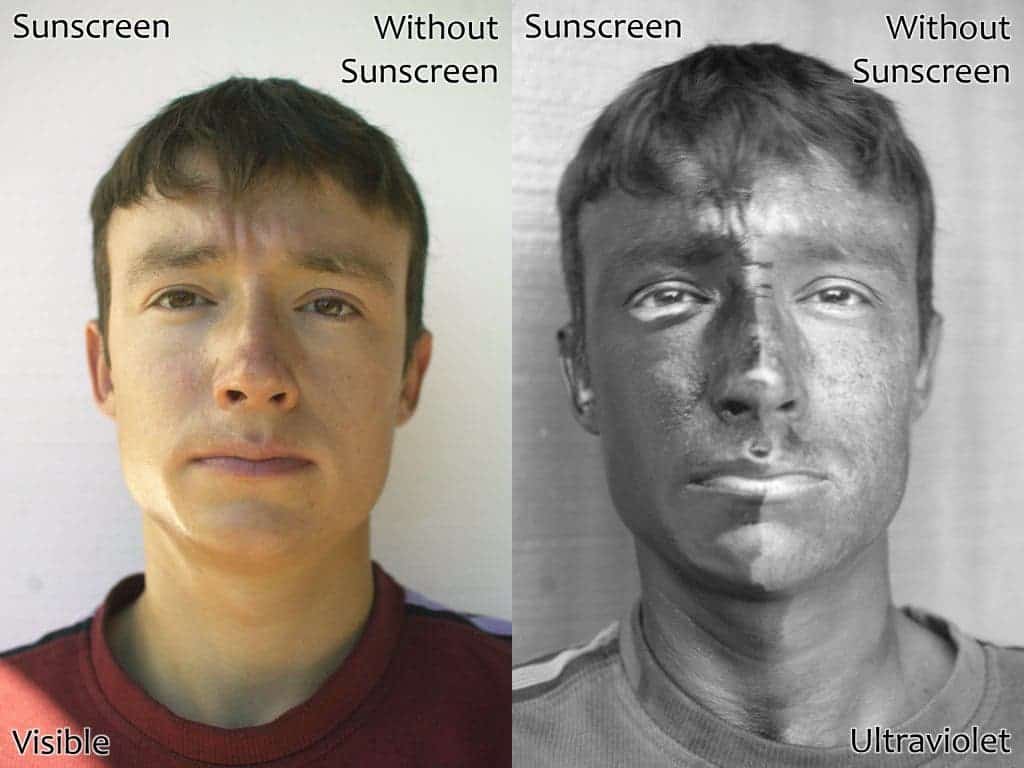Contrary to popular belief, much of the damage inflicted to the skin by harmful ultraviolet (UV) light occurs hours after exposure to the sun, even when you’re sitting comfortably asleep in your dark bedroom. The Yale University research also made a startling find: melanin – the pigment that gives human skin and hair its colour – has both carcinogenic and protective effects. This double standard should be taken into consideration from now on when discussing UV exposure, but also when looking for new treatments to skin cancers like melanoma.
Melanin: a double standard

Some quick facts about UV exposure. Image: Australian Radiation Protection and Nuclear Safety Agency
Melanoma is the most common form of cancer in the United States. It occurs when the DNA in melanocytes, the cells that make the melanin, get damaged by UV light from exposure to the sun or tanning beds. In the past, experts believed that melanin protected the skin by blocking harmful UV light. But there was also evidence from studies suggesting that melanin was associated with skin cell damage.
A team led by Douglas E. Brash, clinical professor of therapeutic radiology and dermatology at Yale School of Medical, exposed both human and mouse melanocyte cells to harmful radiation via a UV lamp. The radiation caused a type of DNA damage known as a cyclobutane dimer (CPD), in which two DNA “letters” attach and bend the DNA, preventing the information it contains from being read correctly. In a startling surprise, Brash and colleagues found that the melanocytes not only generated CPDs immediately but continued to do so hours after UV exposure ended. Cells devoid of melanin generated CPDs only during the UV exposure. This indeed suggests that melanin has both harmful and beneficial effects, according to the paper published in Science.
“If you look inside adult skin, melanin does protect against CPDs. It does act as a shield,” said Brash, also a member of Yale Cancer Center. “But it is doing both good and bad things.”
When mouse cells had their DNA repair ability rendered inactive, scientists found half of the CPDs in melanocytes were “dark CPDs” following sun exposure — CPDs created in the dark. Sanjay Premi, associate research scientist in the Brash laboratory may have found an explanation for this peculiar behavior. Apparently, the UV light activates two enzymes which combine to excite electrons in melanin. This process, which is slow going like a lit fuse, is called chemiexcitation and has previously been seen only in lower plants and animals. There’s some good news though. Because chemiexcitation acts so slowly, “evening-after” sunscreen designed to block the energy transfer could work very well and actually cut half the damage made by UV exposure.
In all events, do be careful when hitting the beach and wear UV-protecting suntan. Watch this video about the power of sunscreen, reported by ZME Science earlier.










